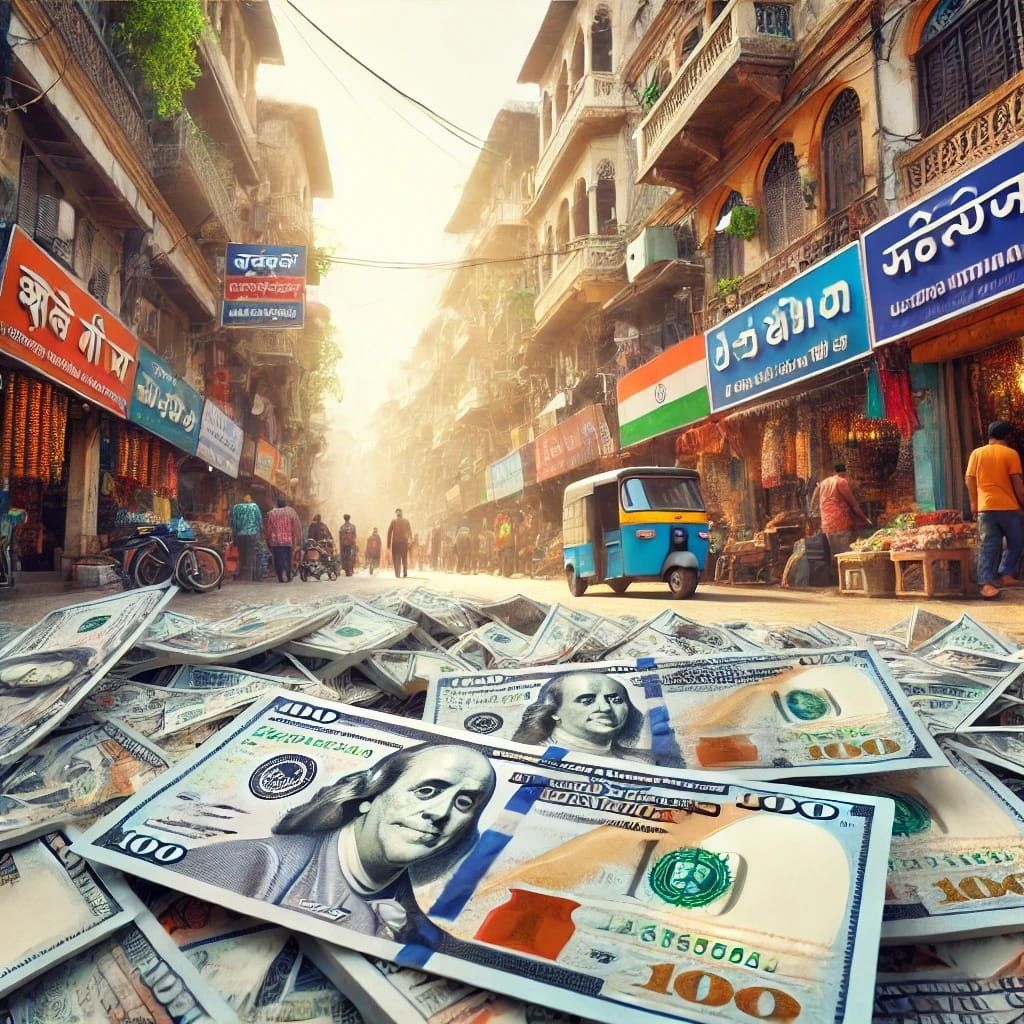Not Eating the Free Lunch? The Puzzle of Unspent Allotted Money

"[T]he share of unspent money under the MPLAD scheme at the end of the tenure of the current Lok Sabha nearly doubled to 16 per cent compared to 8.7 per cent in the 16th Lok Sabha (2014-19)."
The Business Standard
p.s. You can read the basics about MPLADS here, including the opportunity for corruption.
"CAG Report-2001 mentions the low rate of utilisation (around 64 %) of funds under the [MPLAD] scheme."
CBGA (PDF)
"The data shows that there are Rs 1.19 lakh crore [~ $14B] of funds lying unused in SNA bank accounts of states."
The Print
p.s. For context, the 2025-2026 Indian budget was ~ $585B.
"In India, poor and vulnerable groups have suffered most from Covid-19 and the policy measures to fight it.1 Thus, on 26 March 2020, the Indian government announced US$ 22.6 billion (INR 1.7 trillion) in emergency financial support for poor and marginalized populations – an amount approaching all state spending on social safety net programs in 2016 (INR 1.87 trillion).2 Approximately US$ 4.2 billion (INR 310 billion) were reallocated from unspent social special-purpose funds collected for the benefit of construction workers since 1996.
That these funds were available and put to good use is fortunate, but puzzling. How and why did they accumulate in the first place, and why did it take an emergency to spend them? We focus here on two funds whose unspent balances were mobilised in response to Covid-19: the “building and other construction workers’ welfare cess funds” (BOCW) mentioned above, and “district mineral foundations” (DMF), of which US$ 3.4–4.7 billion (INR 250–350 billion) was unspent."
Desai and Randeria 2020
From the perspective of a profit- and vote-maximizing politician, it is not clear why allocated money would remain unspent.